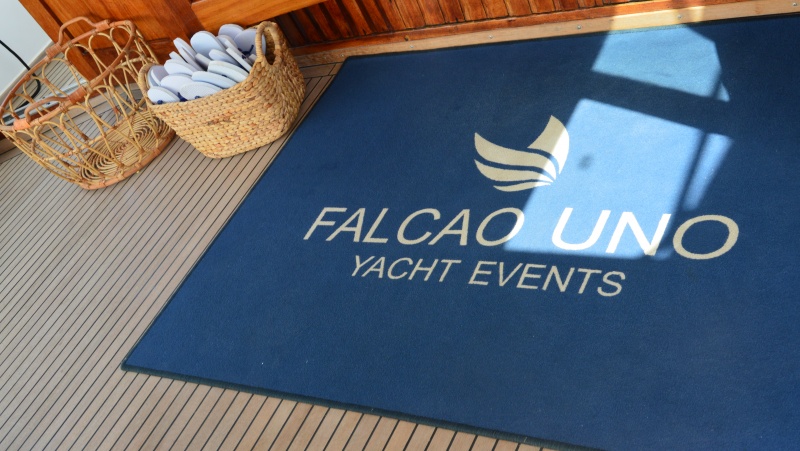In this article we will analyse the main uses and differences of remote site visits and virtual site visits when planning an event and and how the hospitality and events industry are using these type of tools.
Hospitality and Event Industry
Both hospitality and events industry are now relying big time on virtual and hybrid formats, navigating through the uncertainty of the coming back.
During the lockdown and travelling restrictions, the communication, the interaction, the advertising, the negotiation and sales have been done virtually, all with their pros and cons. Even though virtual connections cannot replace or even equal face to face interaction, everybody has been grateful the technology nowadays is able to offer this alternatives in order to keep going without moving.
A very high percentage of jobs have been done remotely and this is probably the strongest trend the pandemics has brought. We have all discovered that going to the office or other places is not always necessary and that we can work as well from home and maintain our productivity. A formula some employees and employers have been claiming for a long time.
In all this reality – technology fusion, some terms are becoming blurry and we need to reassure the vocabulary awareness.
So, what is the difference between virtual and remote applied to hospitality and events?
On the virtual side, tools like Firstview or All seated for 3D tours, diagramming or VR interactive walkthroughs have become some of the best allies for event profs and hospitality professionals in order to keep going their business. These type of tools rely on video and photo content that has been recorder or edited previously and the guests can interact online and get a better understanding of the spaces and possibilities they offer.
And what about remote options? Remote services are done live and include direct interaction between the two parts, therefore the information is accessed in real time and can be modified and adapted.
Given the many restrictions on travel under the current circumstances and the possibility that at least some could remain in place for an extended time, remote visits have been the most popular options for professionals to view and evaluate a venue without being physically present during this last year. And why is that?
A remote site visit can reduce the risk of reliance on further information, photos and email exchange without personal physical confirmation, and if performed properly, the information and data validation will be sufficient to reduce the risk associated with a desktop-only review. In a remote site visit you are able to see the locations and distances in their real dimension and natural state, while in a virtual tour these details can not be valued accordingly.
Both options, virtual and remote are totally valid, but it all depends on the moment of the traveller journey. Virtual is ideal as a first contact with the venue or location to see if it can be suitable for what you are looking for.
The next step would be a remote visit in order to reconfirm all those details that you don’t feel you can trust totally from the virtual tour and clear out all the doubts you may have and interact also with the professionals on site and ask for all the explanations you feel like.
This way of managing things is totally out of our comfort zone, but we must agree these are sustainable and cost effective options that will most probably remain in place even on the full return of the industry.




2 Comments